The BMW Guggenheim Lab stages an urban trends exhibition in New York
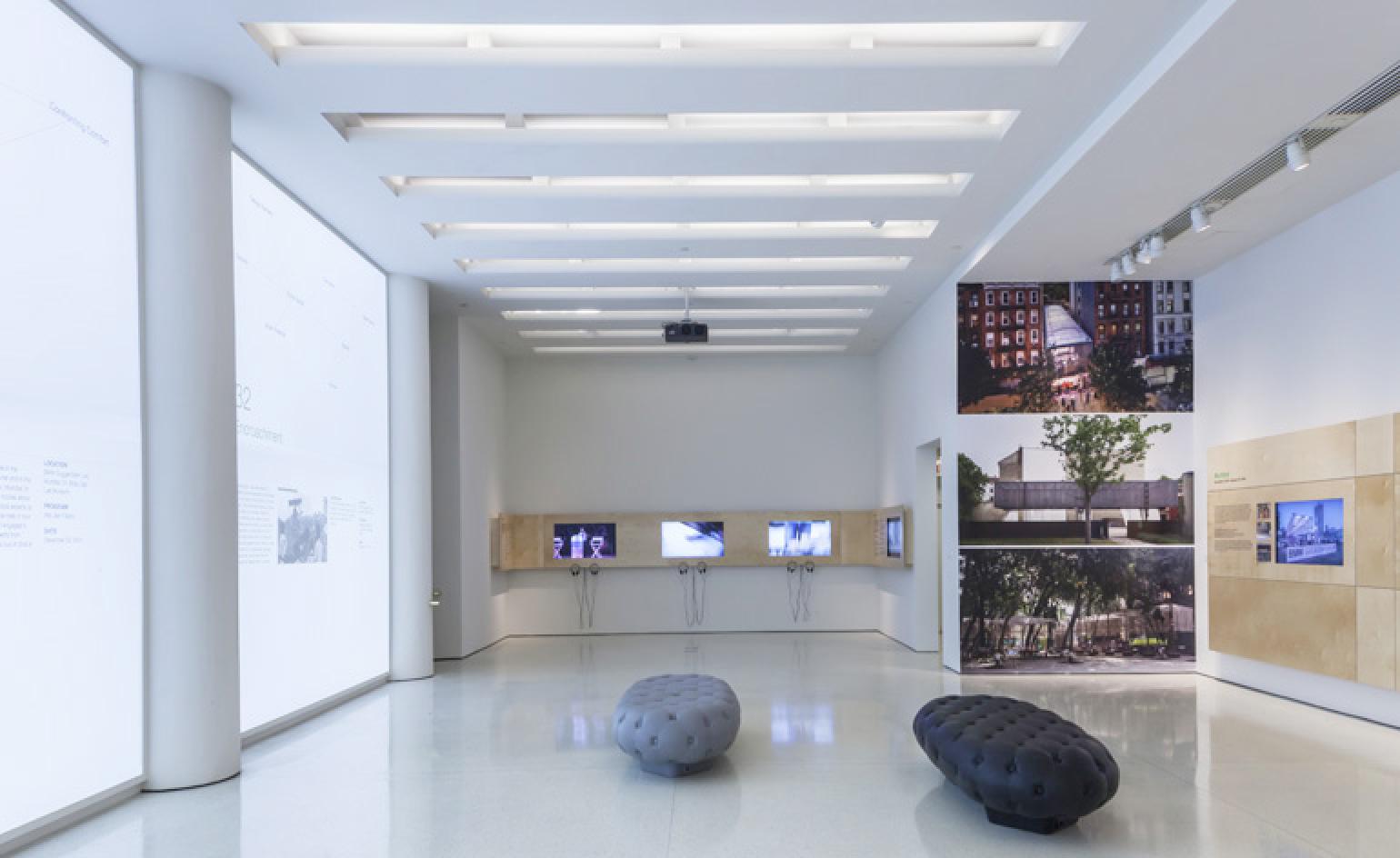
After two years of urban investigations in three cities, the BMW Guggenheim Lab has put its findings on display at the Guggenheim's New York home. 'Participatory City: 100 Urban Trends from the BMW Guggenheim Lab' signals both the ambition of the project and the difficulties of communicating its results in a (admittedly small) physical space in the age of the internet, social media and 'big data'.
The investigations began in August 2011 when an odd looking metal box landed on a rat-infested patch of land between two five-storey brick buildings in Manhattan's East Village. Described as 'part urban think tank, part community center and public gathering space', for ten weeks the BMW Guggenmheim Lab became the locus of a unique experiment in urban problem solving. It was manned by a Canadian writer on urbanism, two Dutch architects, a Nigerian microbiologist and a Bronx-based community and environmental activist who between them developed a programme of workshops, talks and other social experiments, all aimed at identifying useful truths about the contemporary urban experience.
The box, designed by Japanese architects Atelier Bow-Wow, was then packed up and shipped over to Prenzlauer Berg in Berlin (initial plans to install it in Kreuzberg were derailed by fierce opposition from some locals who feared the box carried in it a deadly gentrification virus), where a fresh team did their own ten-week stint. And then on to Mumbai where, given that city's extreme traffic management problems, a number of satelite bamboo pop-ups popped up in various sites around the city instead of just one location.
The new exhibition was curated by the Guggenheim's Maria Nicanor. As the title suggests, Nicanor and her research teams have crunched the results of the lab work into 100 urban trends for each city, though there is of course, some cross over. These range from 'Participatory Urbanism', evident in all three cities, to the 'Ostrich Effect', a Mumbai-specific phenomena to 'collaborative urban mapping', a particular favourite of Berliners. A global collection of architects, academics, designers and artists, were then asked to comment on these trends.
In the exhibition, these trends are mapped out and video screens play footage of related talks and workshops but the small space at the Guggenheim struggles with the weight of information. This is a project built for the drill-baby-drill possibilities of the internet and there is a lot of information to dig at. The Guggenheim insists though that the exhibition is a way of introducing a massive new audience to the project.
Nor does the exhibition really answer the inevitable 'what next?' questions. But for Nicanor, the Urban Lab project was not about prescriptive forecasting or producing public policy programmes, but simply coming back with 'reports from three cities at a particular point of time'. There is little perhaps in the way of concrete legacy, though it has seen the introduction of the Water Bench, part water collector, part public seating to Mumbai, while the site of New York lab is now a brand new park and it has birthed community-based initiatives in all three cities.
For BMW, it is perhaps the bravest and most controversial element of its 'cultural engagement' programme. And certainly one of the more interesting examples of the increasing interconnectness of powerful corporate and cultural brands.
For Richard Armstrong, director of the Solomon R Guggenheim Museum and Foundation, the project and the exhibition are conversation starters. 'The Lab ignited an important conversation about the differences and commonalities of urban environments and the power of cities as idea-makers.' Armstrong, appointed in 2008, also pointed out that the Guggenheim was housed in a temporary building way back in 1953 and that this initiative might suggest a more mobile and sustainable way for the Guggenheim to reach new audiences, an alternative to big-budget 'franchised' mega-museums. 'With the BMW Guggenheim Lab, we have extended our mission beyond the walls of the museum, providing the Guggenheim with new ways to engage directly with the public,' he says.
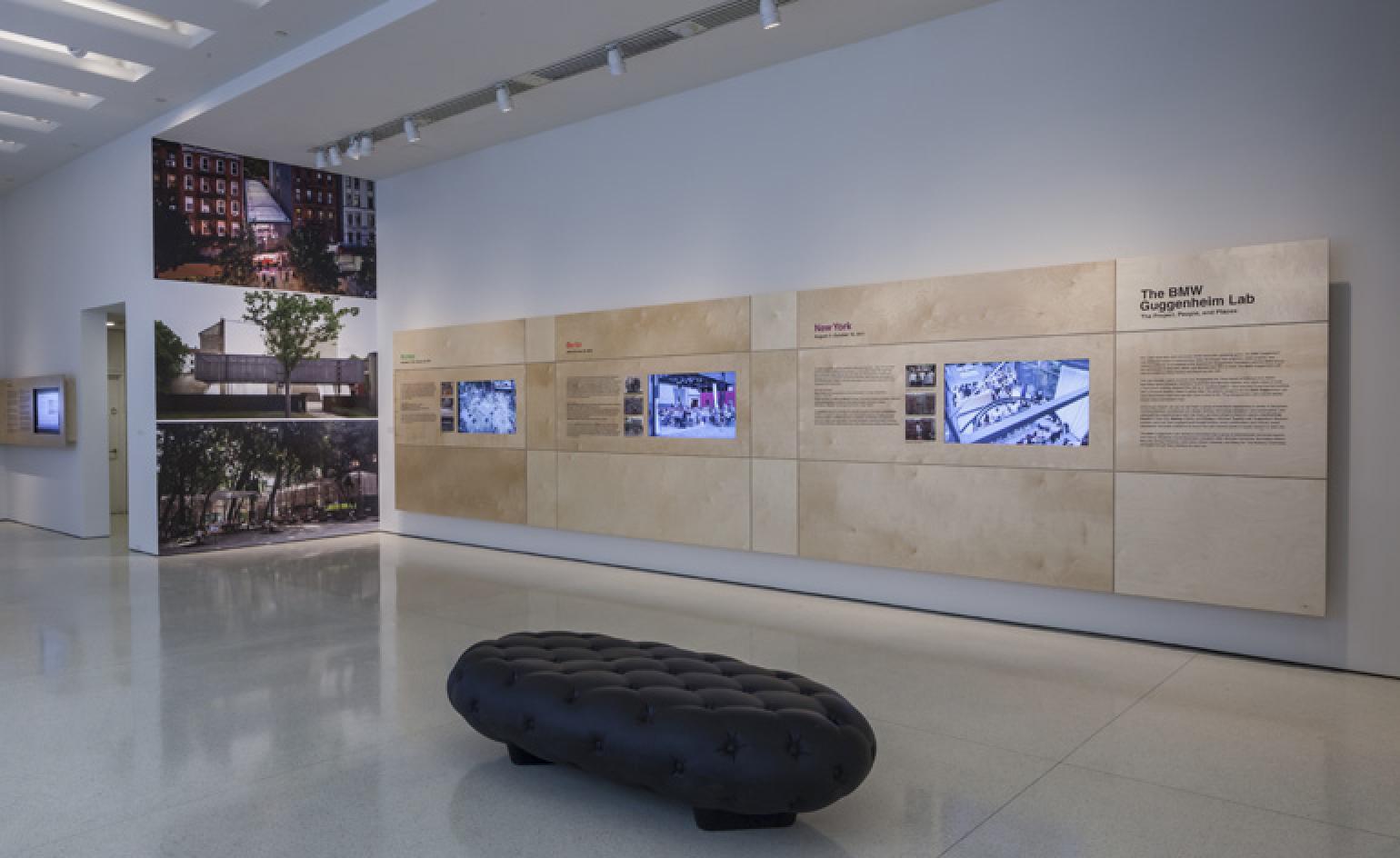
Guggenheim curator Maria Nicanor and her research team have crunched the results into 100 urban trends relating to the three cities. These range from 'Participatory Urbanism', evident in all three cities, to the 'Ostrich Effect', a Mumbai-specific phenomena, to 'collaborative urban mapping', a particular favourite of Berliners
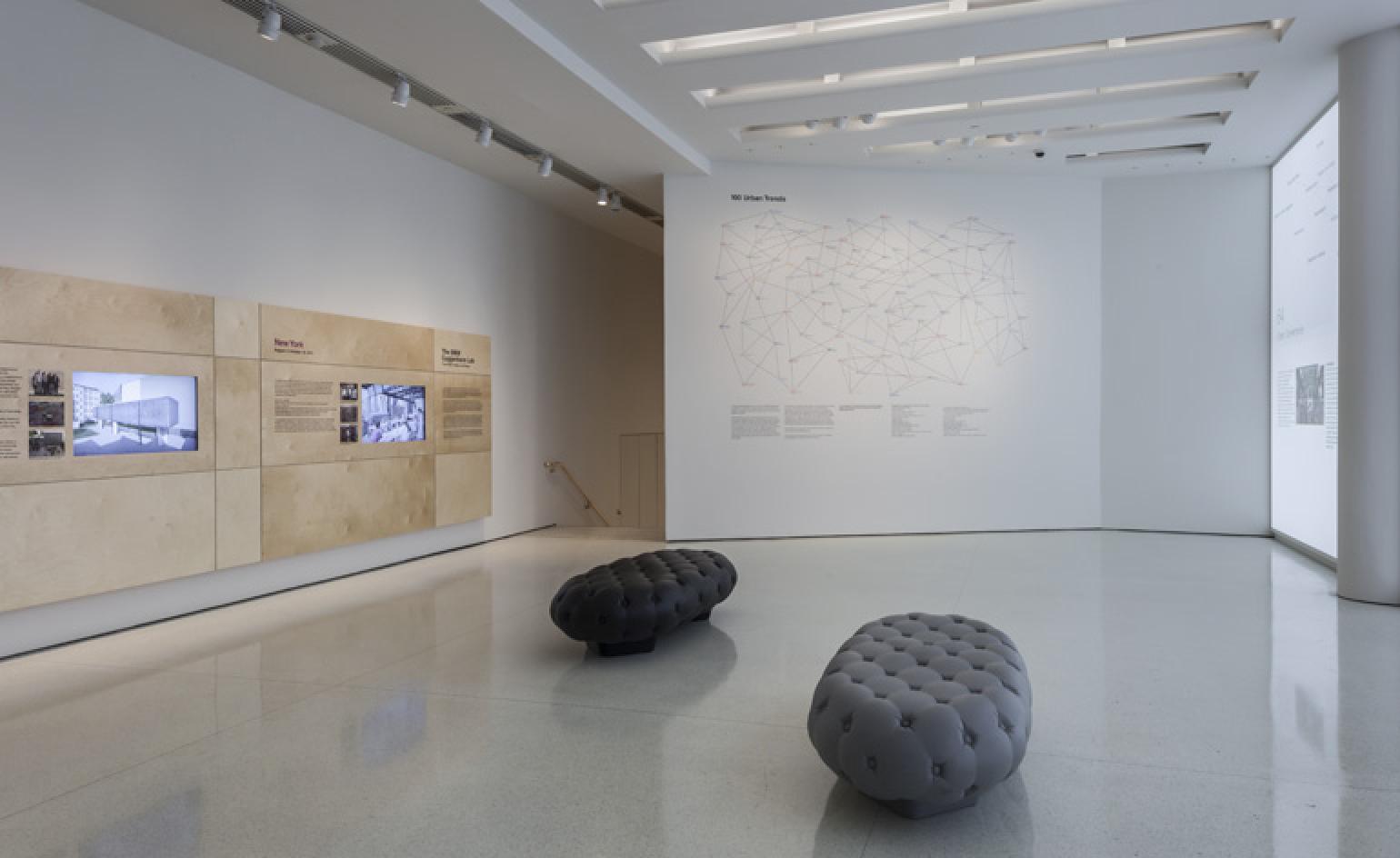
Within the exhibition, these trends are mapped out on the walls, while video screens play footage of related talks and workshops
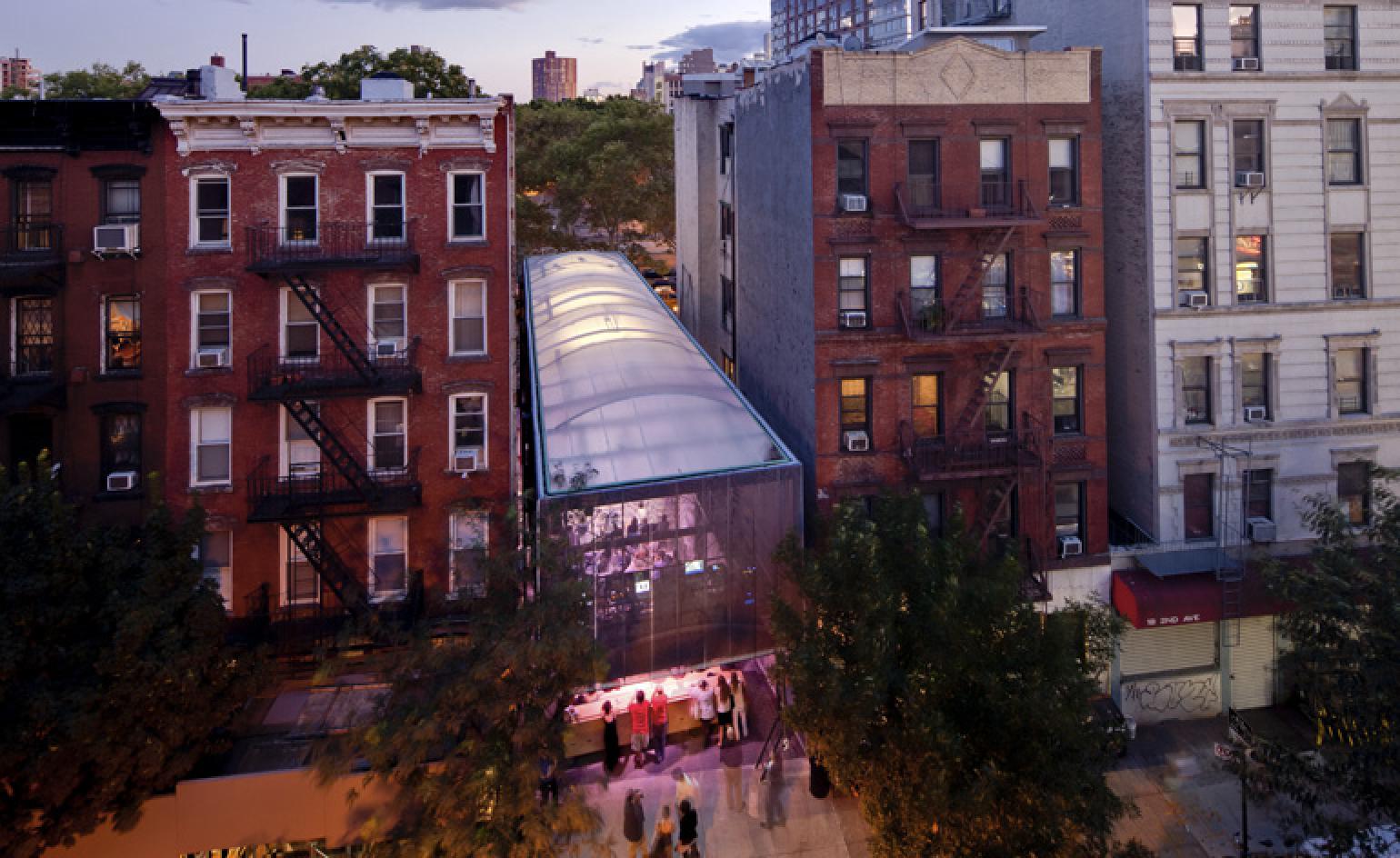
The BMW Guggenheim Lab arrived in Manhattan's East Village in 2011 for a ten-week residency
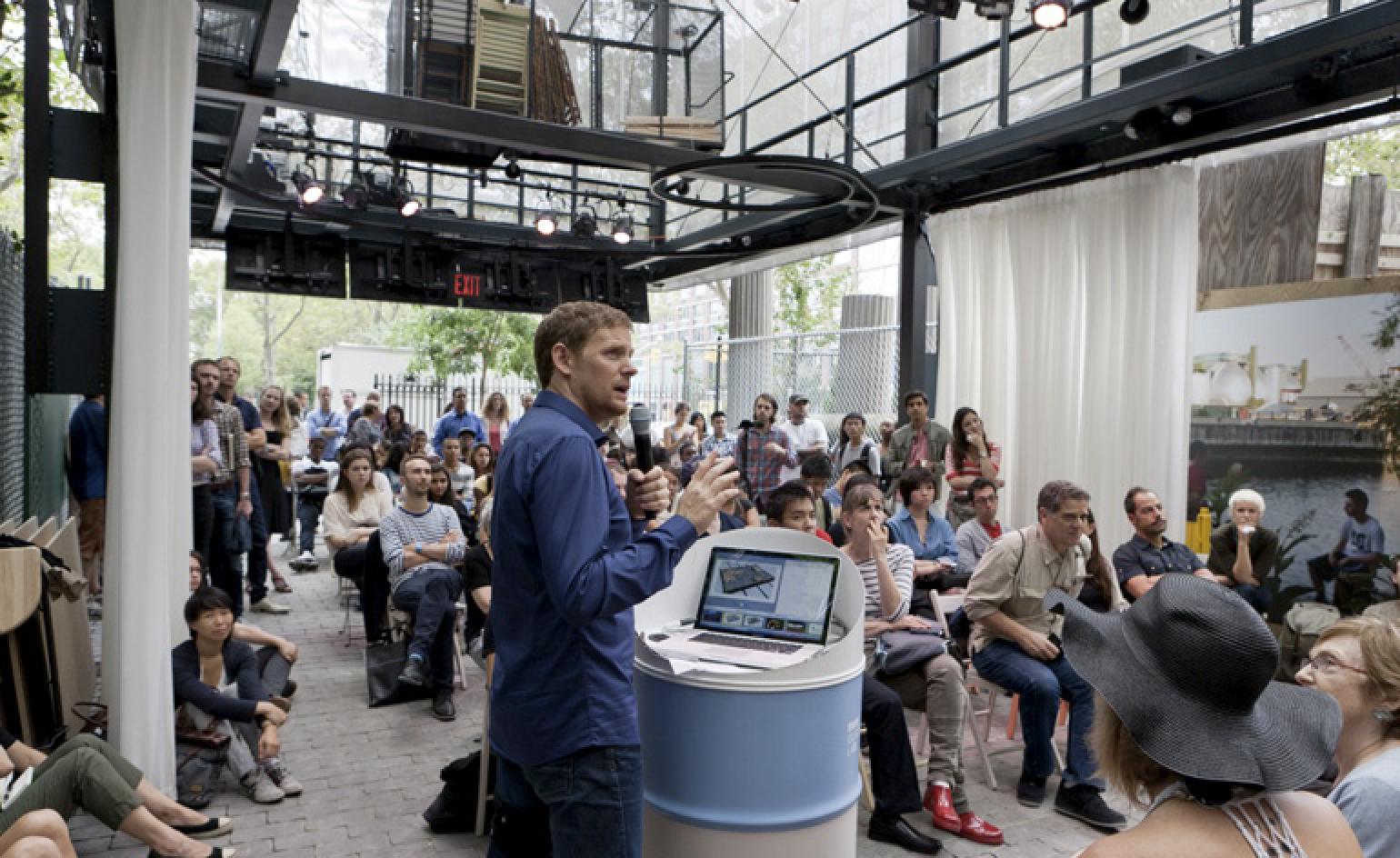
Now a new public park, at the time the space was described as 'part urban think tank, part community center and public gathering space'

The box, designed by Japanese architects Atelier Bow-Wow, was then packed up and shipped to Prenzlauer Berg in Berlin
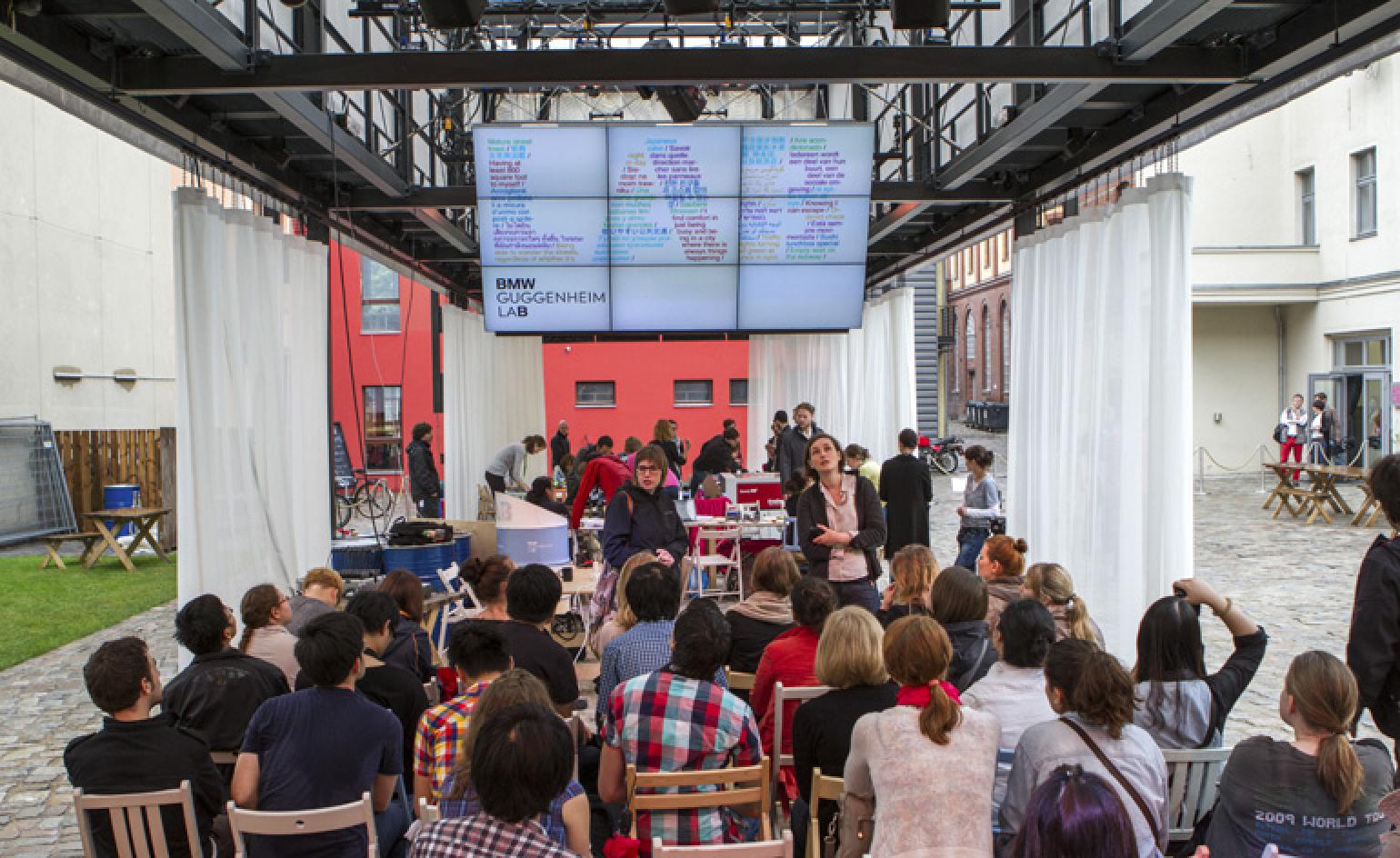
Inside the Berlin Lab's ten week program – the locus of a unique experiment in urban problem solving with a programme of workshops, talks and other social experiments, all aimed at identifying useful truths about the contemporary urban experience

Next stop, Mumbai, where given the city's extreme traffic management problems, a number of satelite bamboo structures popped up at various sites instead of just one location
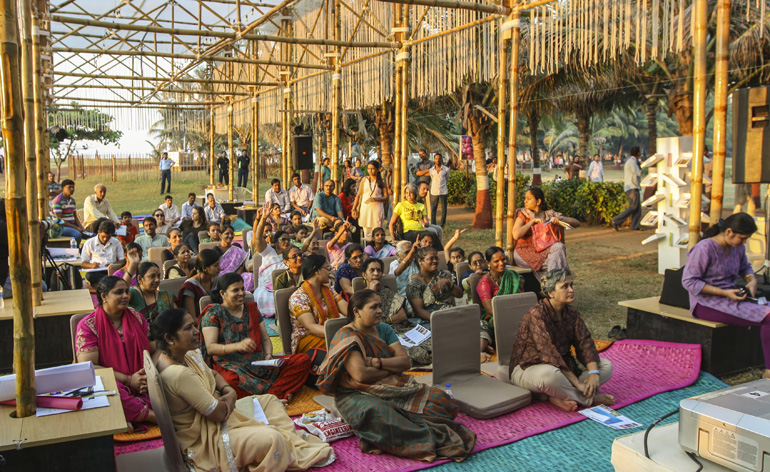
An example of a typical community meeting under one of the open-air pop-ups in Mumbai
DDRESSVIEW GOOGLE MAPSTELEPHONE1. 212 423 3500
1071 Fifth Avenue
New York
NY 10128
Wallpaper* Newsletter
Receive our daily digest of inspiration, escapism and design stories from around the world direct to your inbox.
-
 The Subaru Forester is the definition of unpretentious automotive design
The Subaru Forester is the definition of unpretentious automotive designIt’s not exactly king of the crossovers, but the Subaru Forester e-Boxer is reliable, practical and great for keeping a low profile
By Jonathan Bell
-
 Sotheby’s is auctioning a rare Frank Lloyd Wright lamp – and it could fetch $5 million
Sotheby’s is auctioning a rare Frank Lloyd Wright lamp – and it could fetch $5 millionThe architect's ‘Double-Pedestal’ lamp, which was designed for the Dana House in 1903, is hitting the auction block 13 May at Sotheby's.
By Anna Solomon
-
 Naoto Fukasawa sparks children’s imaginations with play sculptures
Naoto Fukasawa sparks children’s imaginations with play sculpturesThe Japanese designer creates an intuitive series of bold play sculptures, designed to spark children’s desire to play without thinking
By Danielle Demetriou
-
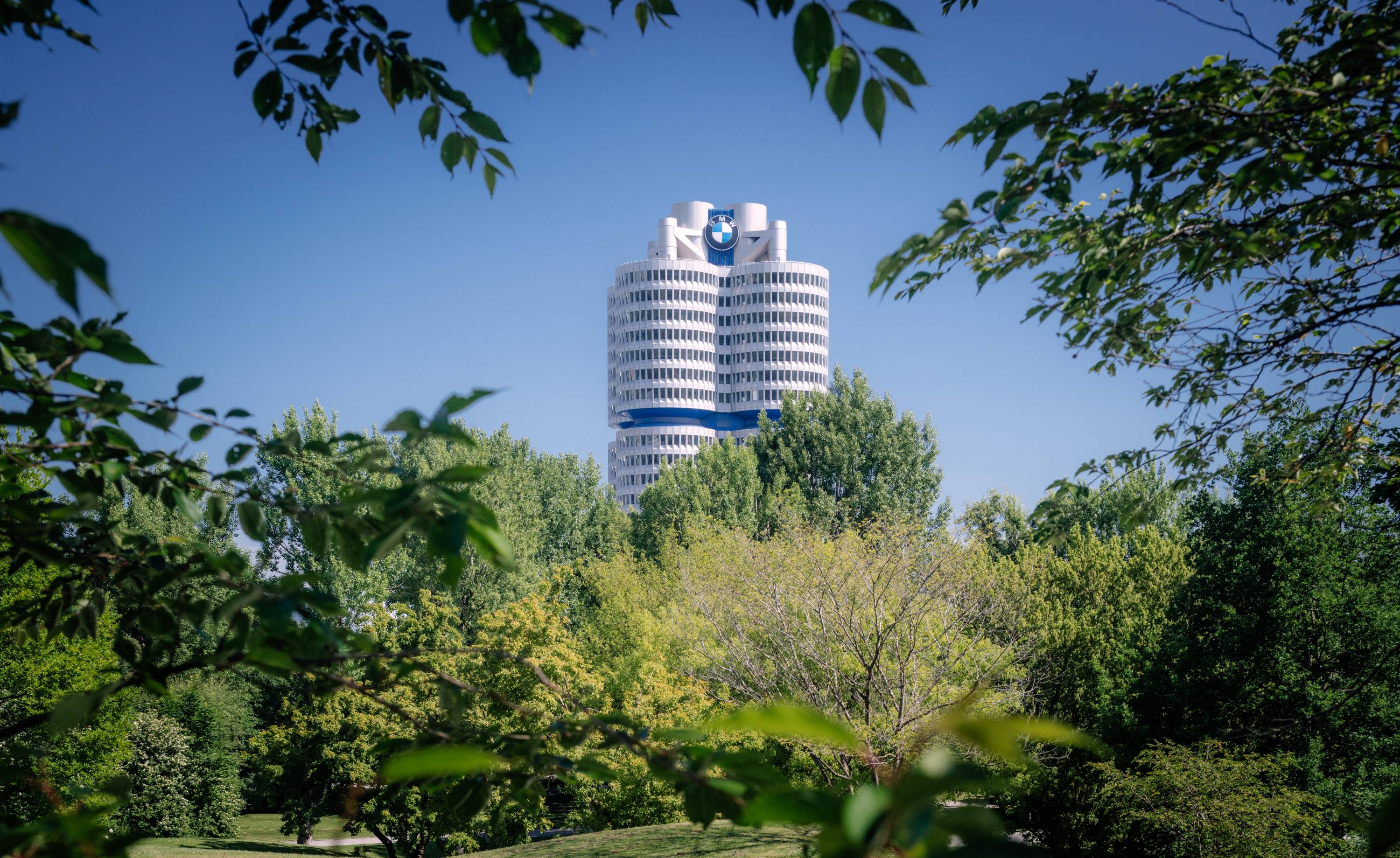 The iconic BMW HQ in Munich celebrates its half century
The iconic BMW HQ in Munich celebrates its half centuryKarl Schwanzer designed a corporate icon for BMW. Now 50 years old, the company’s Munich HQ is still going strong
By Jonathan Bell
-
 Architect Dayong Sun designs Mini Living's fourth urban cabin in Beijing
Architect Dayong Sun designs Mini Living's fourth urban cabin in BeijingBy Ellie Stathaki